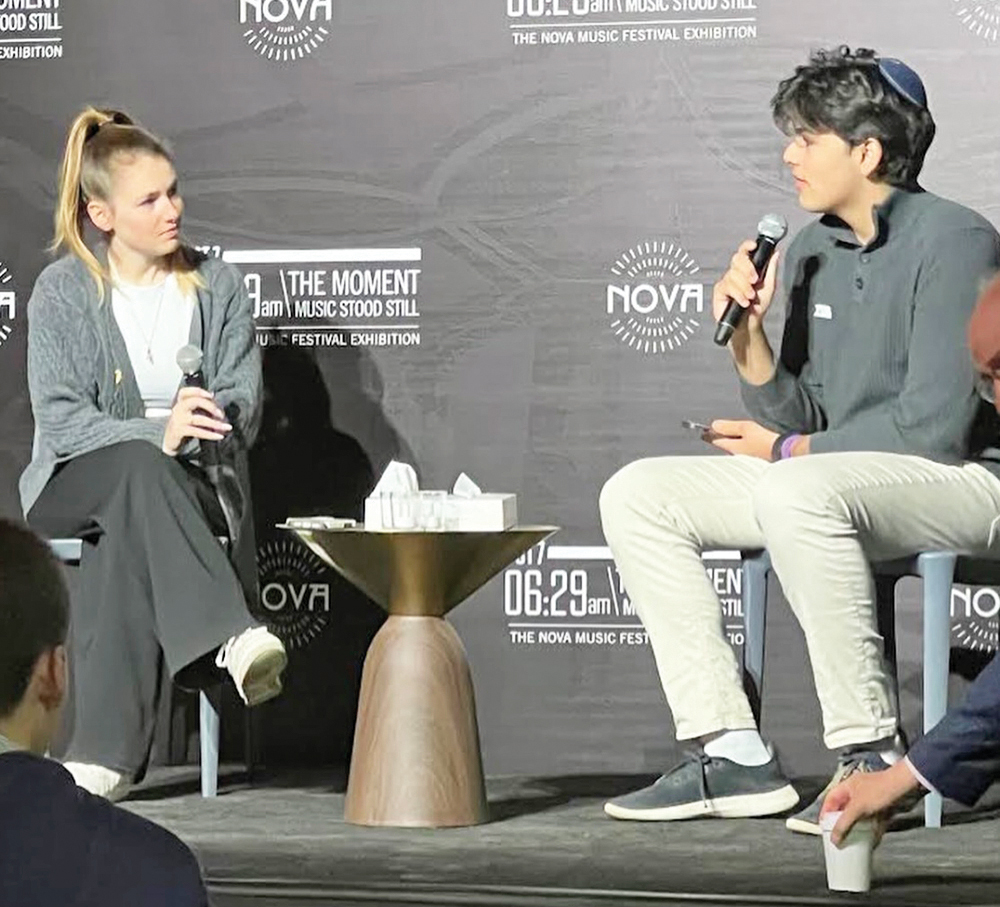|
Everyone likes free stuff. In fact, I recently attended an HR conference and picked up a bag full of pens, stress balls, and business card holders. I grabbed up some great giveaways like screen squeegees and light-up super balls, which I did not previously realize were absolute necessities. From the dental benefits provider I took one new Pesach toothbrush for each of my family members and all of my neighbors four blocks away. Hey, no one wants to haul all of that stuff back to the office, right? But, I digress. |
We are exposed to free samples in stores, in the mail, and online. Another instance of a free sample is something which you can provide to potential employers to bolster being considered for a position. It’s one thing to say that you have done something in the past; it’s another to provide concrete evidence of that. Work samples show what you have done, with the logical inference that you can do the same for another employer. They might also convey your style or approach to your job.
Here, I present seven types of (free) samples. Six of them are those we share intentionally. The seventh is a category of sorts which includes samples that are out there for anyone to see, though not deliberately offered, per se. Yet, they are quite available to others in their formulation of an impression of you.
(1) Cover Letter: One of the first things which you might send to a prospective employer is a cover letter. In most cases, it will be paired with a resume. A cover letter has an obvious purpose, which is to convey interest in being considered for a position with the organization. Sometimes, cover letters are required with instructions to include specifics, such as salary requirements and what qualifies you for the job. A quality cover letter will point out aspects of your background beyond your resume that will make you a fit for the job. But, a cover letter also represents a sample of your writing. On a basic level, a cover letter shows your ability to put sentences and paragraphs together. Here typos and grammar errors will be picked up and give an indication of your written work, if you are hired. In addition, if you recycled an old cover letter to another job or company, it will show your lack of attention to detail.
(2) Resume: For almost every job, a resume will be required for consideration for a position. Similar to a cover letter, a resume will be a representation of your work. A good resume will include your skills, experience, and credentials that would be of value to a potential organization. It should not contain extraneous information but include only that which is relevant to the job and organization. What will make a negative (first) impression is formatting issues like margins, spacing, and alignment on the page. A resume must pass the initial test before the substantive content is read.
(3) Website: In some cases, you will have a website that you have created which might contain relevant information about you and your work. You should include the URL on your resume or LinkedIn profile. If and when you do, make sure that the website is current and highlights representative work. This could include creative materials or links to articles that you have written.
(4) Blog: Do you write or maintain a blog? Here, I am not referring to a blog regarding a hobby (that’s for Pinterest), but one which is professionally relevant. As a thought leader, you may have committed your thoughts and observations to a digital diary known as a blog. That might very well be a great idea. It goes without saying that your presence here should not contain anything inappropriate or negative. If there is, and you are in the midst of a job search, you might want to go through it and do some editing and/or deleting. If the blog is industry-related, it should appear on your resume and LinkedIn.
(5) Portfolio: At the time of an interview, there might be an opportune time to do some show-and-tell. Being able to show and hand off samples of your creative or technical work would bolster your professional credibility. Creating a hard-copy portfolio need not be expensive. Go to Office Depot or Staples and pick up a folder and perhaps some sheet protectors to display samples of your work. Definitely use a quality color laser printer. You might consider including slides from a PowerPoint presentation, newsletter, a white paper, sales presentation, or quantitative analysis. Make sure to edit out any proprietary information from previous clients or employers.
(6) Digital portfolio: In 2014 it has become more common for people to burn materials onto a CD and perhaps have an imprint on the outside of the CD—some personal brand. If you have writing or creative work samples, you might want to consider preparing such a CD to bring to a job interview. There is free software available out there that will walk you through this.
(7) Until now, I have been focusing on things that you could be intentionally sharing with a prospective employer. However, there also are samples of your work and who you are professionally and otherwise that are “out there” in the public domain. In many cases, especially if you have not furnished any of the above, recruiters and employers will be looking for other information as to who you are.
How you present on the phone: Are you polite, gracious, and professional sounding? This applies to whether you are initiating or receiving a call.
How you present in person: This is how you comport yourself in person, especially in an interview that will lead to conclusions about you. So, be aware of your body language.
How you present in an email: Given that the first contact with a potential employer might be through email (i.e., sending in a resume in response to a job posting), please pay attention to your grammar and tone and how you address the organization’s gatekeeper. Be gracious. Spell the person’s name correctly and address him/her by the proper title. Also, having a neutral and professional address from which you are sending the email will present yourself in a more positive way than [email protected], [email protected], [email protected], or [email protected].
Responsiveness and timeliness: Whether corresponding by phone or email, make sure that you get back to the organization after they have reached out to you. Please note that they might be using conventional email or phone to do so. They might not text a reply or post a message on Twitter with your name as the hash-tag. Therefore, check your messages, including voicemails on a regular basis. When you respond, take your time in formulating a professional response. In most cases, that will require more than 140 characters.
Internet and social media presence: Many job coaches will recommend that you Google yourself every so often. That’s prudent advice because many recruiters and employers will do the same. It’s free and can be done instantly. How do you appear online? Is it innocuous, professional, or might you be seen in a negative light? What appears on your Facebook page or Twitter account? Here should be no language or any comments which disparage others (including current or previous employers). While some states prohibit employers from requiring candidates to furnish social media passwords, there is often enough incriminating information that can be gleaned from the public domain. On the positive side, I would strongly recommend building a positive professional presence with a solid LinkedIn profile. Join relevant groups, make appropriate connections, and make useful posts. This last point is quite significant because, in most cases, you will never receive feedback as to the reason why you did not warrant consideration. It might have been that picture or comment on Facebook. In a competitive job market, you need every edge you can get and don’t want to squander a job opportunity based on inferences that others are making about you.
So, as you can see, samples of your work are quite free. They can be made available by you with or without your knowledge. Therefore, it is critical that you pay attention to what is out there as it will convey much about you and have an impact on if/how you will be considered.
By Elly Lasson













